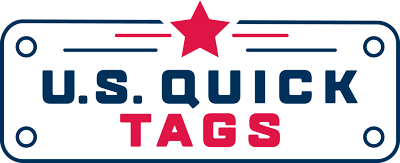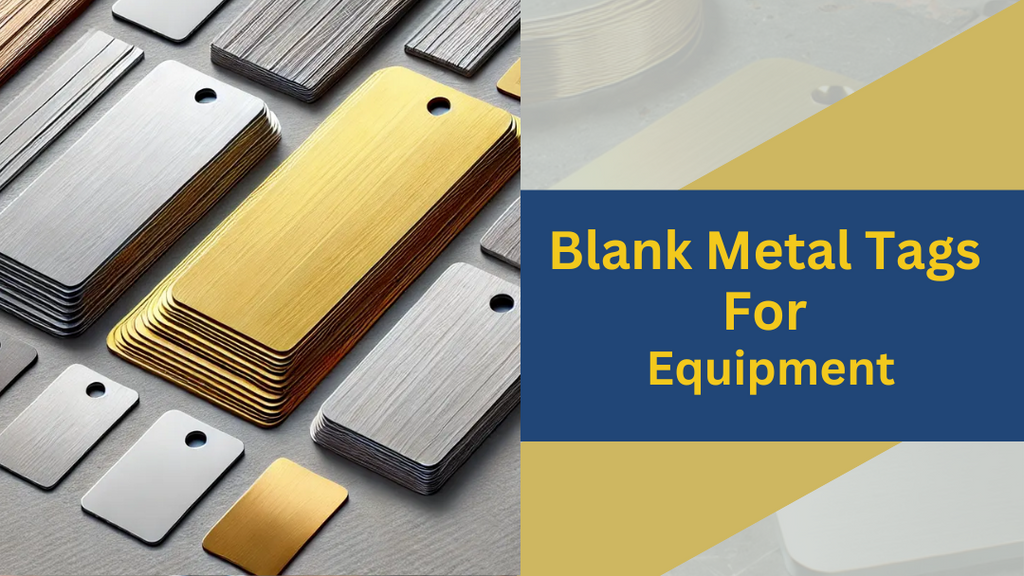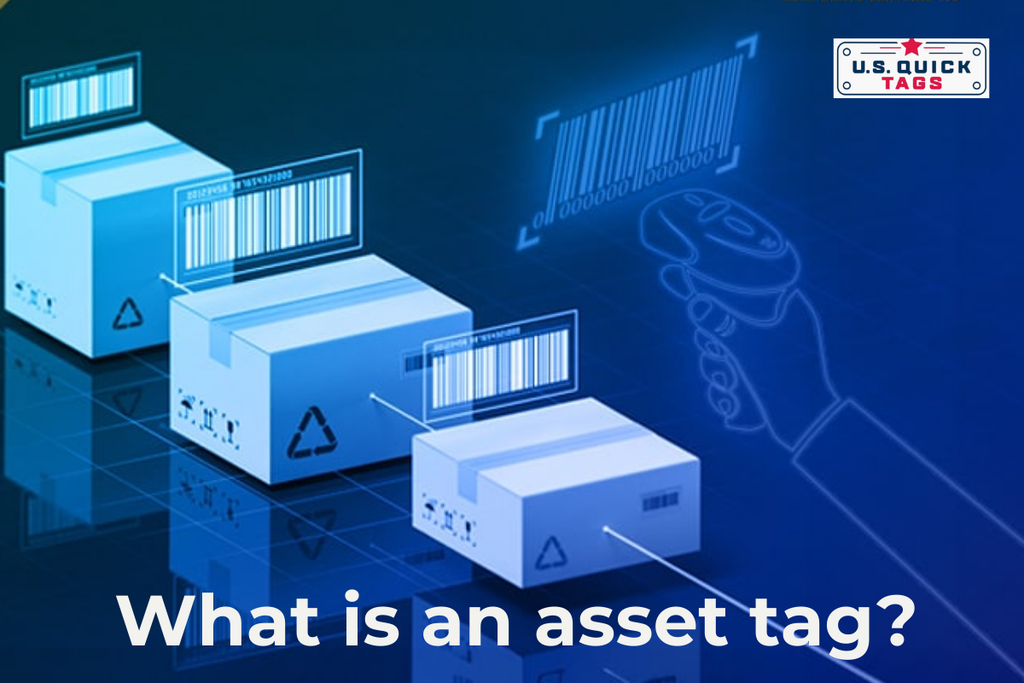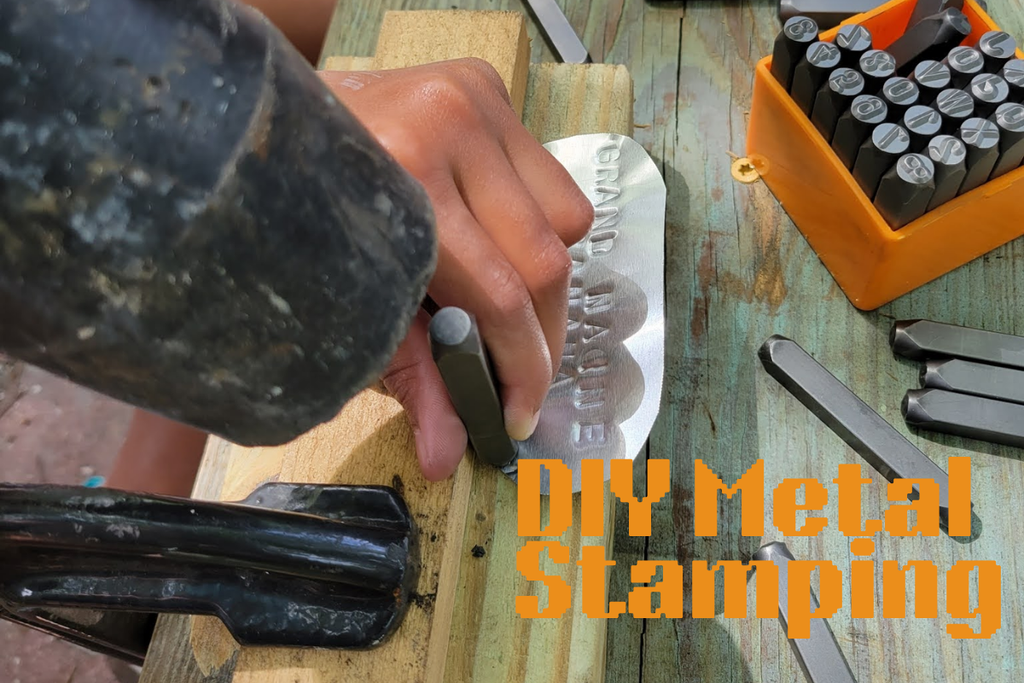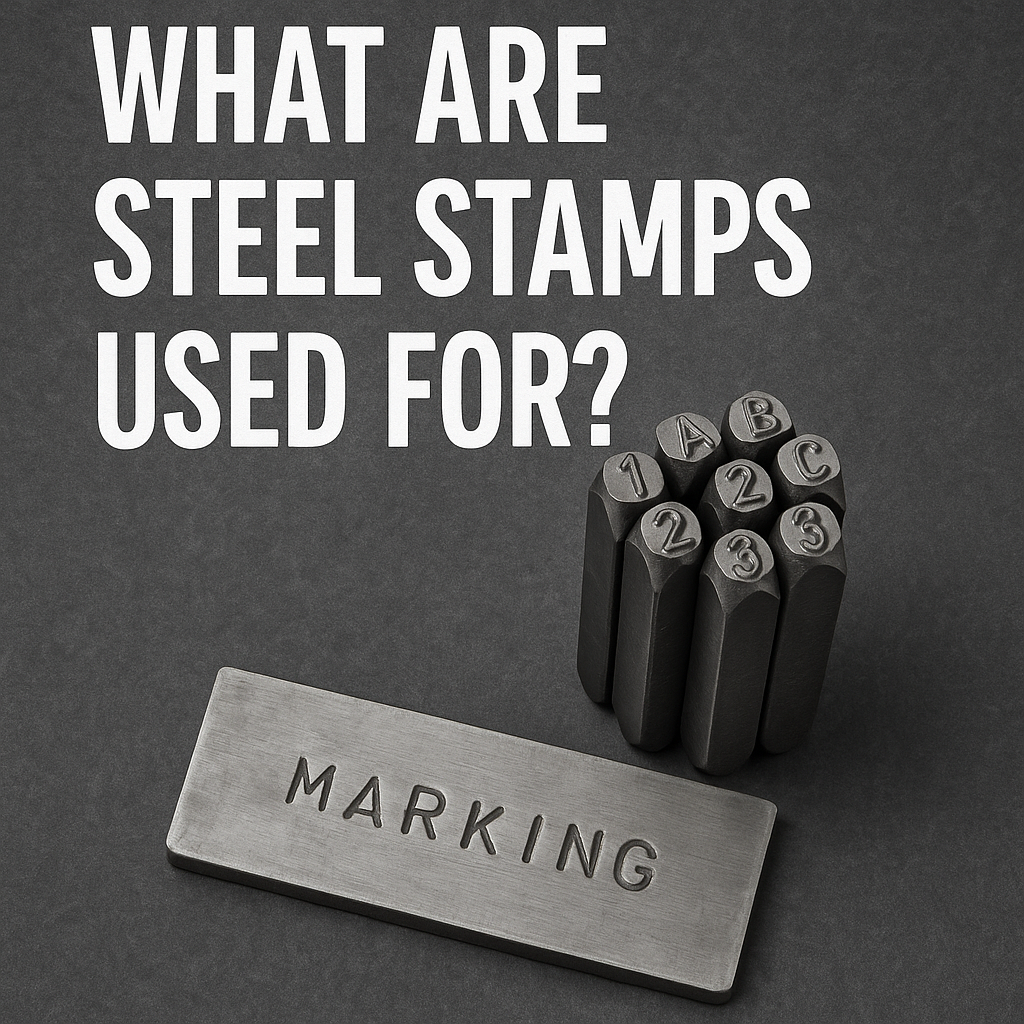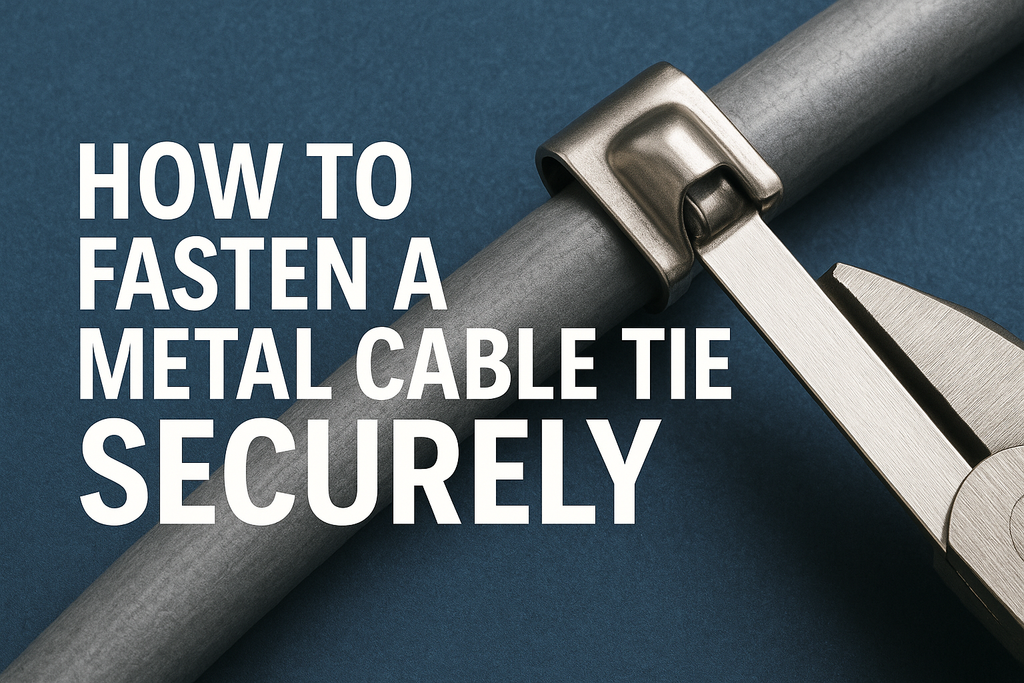Blank Metal Tags for Equipment
- USQuickBlogs
- 22 Jan, 2025
Top Blank Metal Tags for Equipment: Aluminum, Brass, and Stainless Steel Options
Blank metal tags are vital for proper equipment identification and safety compliance. They are durable, customizable, and suitable for various environments. This article covers the types of metals used, how to customize them, and the best attachment methods.
Blank metal tags enhance workplace safety and compliance by identifying machinery and equipment.
Aluminum, brass, and stainless steel tags each offer unique properties suited for different environments, ensuring durability and effectiveness for various industrial applications.
Customization options for blank metal tags include various engraving techniques, shapes, sizes, colors, and finishes, allowing for precise labeling tailored to specific operational needs.
Understanding Blank Metal Tags
Blank metal tags are more than just simple labels; they are vital to maintaining a safe and organized workplace. These tags clearly identify machinery and equipment, which is crucial for preventing accidents and ensuring smooth operations. Displaying essential information such as instructions, warnings, and maintenance details, these tags enhance workplace safety and ensure compliance with stringent safety regulations like OSHA’s.
The durability of metal tags makes them a preferred choice for both indoor and outdoor use. Metal tags can withstand various environmental conditions, unlike their non-metal counterparts, including exposure to harsh chemicals and extreme weather. This resilience keeps the information legible and intact over time, making it a cost-effective solution for long-term identification and compliance.
Moreover, the versatility of blank metal tags allows for extensive customization to meet specific needs, whether it’s for asset tracking, equipment labeling, or safety compliance. Their adaptability and durability make blank metal tags indispensable in various industrial applications.
Types of Metals for Equipment Tags
When it comes to choosing the right metal for equipment tags, the options can be overwhelming. Each type of metal offers unique properties that make it suitable for different applications and environments. From the lightweight and corrosion-resistant aluminum tags to the aesthetically pleasing and durable brass tags to the incredibly robust stainless steel tags, understanding the benefits and limitations of each can help you make an informed decision.
Here are the specifics of these materials.
Aluminum Tags

Aluminum tags are a popular choice for many industries due to their lightweight nature, making them easy to handle and affix to various equipment. Despite their lightness, aluminum tags are highly durable and can withstand a range of environmental conditions without significant wear. This makes them ideal for applications where weight is a concern, such as in aerospace or transportation industries.
Anodized aluminum tags take durability a step further. The anodizing process not only enhances the metal’s natural corrosion resistance but also allows for a variety of colors, providing both functionality and aesthetic appeal. This makes anodized aluminum tags particularly useful in environments where color coding can enhance safety and efficiency.
Additionally, aluminum tags offer extensive customization options. They can be easily marked with specific information, ensuring accuracy in asset tracking and identification. Whether opting for a simple silver tag or a colorful, durable option, aluminum tags provide a flexible and effective solution for equipment labeling.
Brass Tags
Brass tags are renowned for their excellent resistance to corrosion, making them an ideal choice for both indoor and outdoor applications. This resistance keeps the tags intact and legible even in harsh environments like those with moisture or acidic substances. The durability of brass tags makes them a reliable option for long-term use in various industrial settings.
In addition to their functional benefits, brass tags offer a unique aesthetic appeal. Their distinctive gold-like appearance adds a touch of elegance to any piece of equipment, making them a popular choice for decorative as well as practical applications. Whether you need to label machinery, tools, or other equipment, brass tags provide both beauty and durability.
Stainless Steel Tags
Stainless steel tags are the epitome of strength and durability, making them the go-to choice for the most challenging environments. These tags can withstand harsh conditions, including extreme temperatures, aggressive chemicals, and physical abrasion, ensuring they remain intact and legible over time. This makes stainless steel tags particularly suitable for industries such as oil and gas, marine, and heavy machinery, where durability is paramount.
The robustness of stainless steel tags also means they offer unparalleled resistance to corrosion. This property ensures that the tags maintain their integrity and readability even in the most demanding applications. For a long-lasting and reliable equipment labeling solution, stainless steel tags are an excellent choice.
Customization Options for Blank Metal Tags
Customization is a key feature of custom blank metal tags, allowing them to be tailored to meet specific operational needs. Whether you require unique shapes, sizes, or colors, the versatility of these blank tags makes them ideal for a range of applications.
Customization options can include various engraving techniques, shapes and sizes, and a variety of colors and finishes to ensure the tags meet your exact specifications. Here are the detailed customization options available.
Engraving Techniques
Engraving is one of the most common customization techniques for metal tags, offering a permanent and precise way to mark engraved information. Laser engraving, for example, utilizes focused laser beams to remove material and create detailed designs on metal surfaces. This method provides high precision and can produce intricate designs that are both durable and legible.
Alternatively, metal stamping involves pressing a design into the metal, creating a raised or recessed impression. This technique is particularly useful for creating durable and long-lasting markings on tags that will be exposed to harsh conditions. Chemical etching is another method that uses a chemical process to remove layers of metal, allowing for highly detailed and permanent designs.
Rotary tools can also be used as attachments for laser machines, allowing for engraving on cylindrical or irregularly shaped objects, adding another layer of versatility to the customization options. Each of these engraving techniques offers unique benefits, making it easy to create personalized and durable metal tags.
Shapes and Sizes
The ability to customize the shape and size of blank metal tags is crucial for meeting specific labeling and identification needs. From standard rectangular tags to custom shapes for unique equipment, the options are virtually limitless. This flexibility ensures that the tags can be used in a wide range of applications, from small tools to large machinery.
Customizing the size of the tags also allows for better visibility and readability. Larger tags can accommodate more information, making them ideal for detailed instructions or warnings, while smaller tags are perfect for discreet labeling. Whatever your requirements, the range of shapes and sizes available ensures that you can create the perfect tags for your needs.
Colors and Finishes
The aesthetic appeal of metal tags can be greatly enhanced by choosing from a variety of colors and finishes. Anodized aluminum tags, for instance, can be finished in a wide array of colors, making them both functional and visually appealing. This feature is particularly useful in environments where color coding can improve safety and efficiency.
Different finishes, such as brushed, polished, or matte, can also affect the appearance and durability of the tags. A brushed finish can add a sleek, modern look, while a matte finish can reduce glare and enhance readability. These options allow you to create tags that not only meet your functional requirements but also complement the aesthetic of your equipment.
Attachment Methods for Equipment Tags

Attaching metal tags to equipment effectively is crucial for ensuring that they remain in place and legible over time. Various attachment methods can be used, each suited to different applications and environments. From adhesive labels and wire attachments to more permanent solutions like rivets and screws, choosing the right method can make all the difference in the longevity and effectiveness of the tags.
Here’s a closer look at these attachment methods.
Adhesive Labels
Adhesive labels provide a convenient and flexible way to attach metal tags to equipment. These labels can be made from various durable materials, such as vinyl and polyester, ensuring they can withstand different environmental conditions. The strong adhesive backing allows for easy application on a variety of surfaces without the need for additional tools, making them a cost-effective solution.
Additionally, adhesive labels can be customized with specific information like barcodes or QR codes, enhancing asset tracking and identification. For outdoor use, UV-resistant coatings can be added to prevent fading from sun exposure, ensuring the labels remain legible over time. These labels can also be removed cleanly without leaving any residue, allowing for easy updates and replacements.
The versatility of adhesive labels extends to their sizes and shapes, making them adaptable for numerous uses. Whether you need to efficiently label small tools or large machinery, adhesive labels provide a practical and effective solution.
Wire Attachments
Wire attachments are an effective method for securing metal tags to equipment, particularly for marking cables and pipes. These attachments allow the tags to be securely fixed around rounded surfaces, making them ideal for irregular shapes or temporary tagging purposes. Cable ties for wire attachments eliminate the need for extra hardware, simplifying the application process.
This method is particularly useful in environments where equipment is frequently moved or reconfigured. The flexibility of wire attachments ensures that the tags remain securely in place, providing a reliable and adaptable solution for various industrial applications.
Rivets and Screws
Rivets and screws are preferred for more permanent and secure attachment. These components ensure that metal tags remain affixed to equipment even in harsh and aggressive environments. Rivets provide a stable fastening method, making them suitable for applications where vibration and movement are factors.
Screws offer the added flexibility of being removable, allowing for tag replacement or repositioning without damaging the equipment. This makes them an excellent choice for long-term applications where durability and stability are essential.
Benefits of Using Blank Metal Tags for Equipment
The use of blank metal tags offers numerous benefits that make them the preferred choice for equipment labeling in various industrial settings. One of the most significant advantages is their superior durability compared to non-metal alternatives. These tags are designed to withstand extreme environments, including exposure to harsh chemicals, moisture, and physical wear and tear, ensuring long-lasting identification.
Different metals, such as aluminum, brass, and stainless steel, offer unique benefits suited to various environments. For instance, stainless steel tags are highly resistant to corrosion and can endure extreme temperatures, making them ideal for outdoor applications. This resistance to rust and corrosion ensures that the tags remain legible and intact over time, providing reliable identification for equipment.
Additionally, the versatility of blank metal tags means there are no limitations on the shapes and sizes available for customization. This allows for precise and accurate labeling, enhancing efficiency in asset tracking and equipment management. Different finishes can also improve the visibility and appearance of the tags, making them not only functional but also aesthetically pleasing.
Bulk Ordering of Blank Metal Tags
When it comes to large-scale operations, bulk ordering of blank metal tags can streamline processes and reduce costs. Establishing a clear estimate of the quantity and specifications of the metal tags required is essential for an efficient bulk ordering process. This ensures that the tags meet operational needs and helps avoid delays in inventory management.
Many suppliers offer online platforms for bulk orders, making it easier to place orders and track shipments. Ordering in bulk often allows businesses to negotiate better pricing with suppliers, as larger orders can lead to volume discounts.
Additionally, using blank metal tags reduces waste, as they can be locally marked and customized as needed, providing a cost-effective solution for long-lasting labeling.
Proof and Delivery Times
Knowing the proof approval process and delivery times is crucial for planning and meeting project deadlines. Proof times may vary based on the complexity of the design and the provider’s workload. Efficient communication during proof approval can significantly reduce production delays, ensuring timely delivery of tags.
Here are the specifics of proof approval and delivery estimates.
Proof Approval Process
The proof approval process typically involves submitting initial designs, obtaining feedback, and making necessary revisions before final approval. Clients usually receive a digital proof for review, allowing them to ensure that the design meets their specifications before production begins. This step is crucial for avoiding errors and ensuring that the final product meets expectations.
Efficient communication during this process is key to reducing delays. Clients are typically required to review the designs and provide feedback promptly, often via email or an online platform. This ensures that any necessary revisions are made quickly, minimizing the impact on the overall delivery schedule.
Delivery Estimates
Delivery times for metal tags can vary based on the type of order. Standard delivery for stock tags generally ranges from 5 to 10 business days, offering a quick turnaround for readily available items. Stock metal tags typically have shorter delivery times compared to custom options, which may require additional processing time due to the specifications involved.
Custom tag orders may take 2 to 4 weeks for delivery, depending on design complexity and order volume. Planning ahead and considering these timelines is crucial to ensure that the tags are received when needed, avoiding any disruptions to the project’s schedule.
Summary

In summary, blank metal tags are an essential tool for ensuring clear and durable identification of equipment across various industries. The choice between aluminum, brass, and stainless steel tags depends on the specific requirements of the environment and the desired durability. Customization options, including engraving techniques, shapes, sizes, and colors, allow these tags to meet the unique needs of any application.
The benefits of using blank metal tags, such as their resistance to corrosion and extreme conditions, make them a reliable and long-lasting solution for equipment labeling. Efficient bulk ordering processes and understanding proof and delivery times further enhance their practicality. By choosing the right metal tags and ensuring timely delivery, businesses can improve safety, compliance, and efficiency. Embrace the power of blank metal tags and see the difference they can make in your operations.
